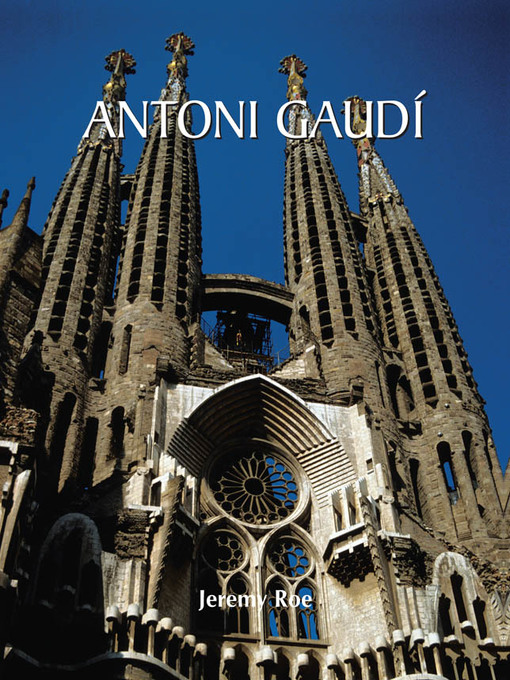- Popular Magazines
- Home & Garden
- News & Politics
- Food & Wine
- Celebrity
- Outdoor & Travel
- Art & Architecture
- Business & Finance
- Crafts
- Family & Parenting
- Boating & Aviation
- Science
- Photography
- See all
-
Description
-
Details

Kindle Book
- Release date: September 15, 2015
OverDrive Read
- ISBN: 9781783107421
- Release date: September 15, 2015
EPUB ebook
- ISBN: 9781783107421
- File size: 16838 KB
- Release date: September 15, 2015
